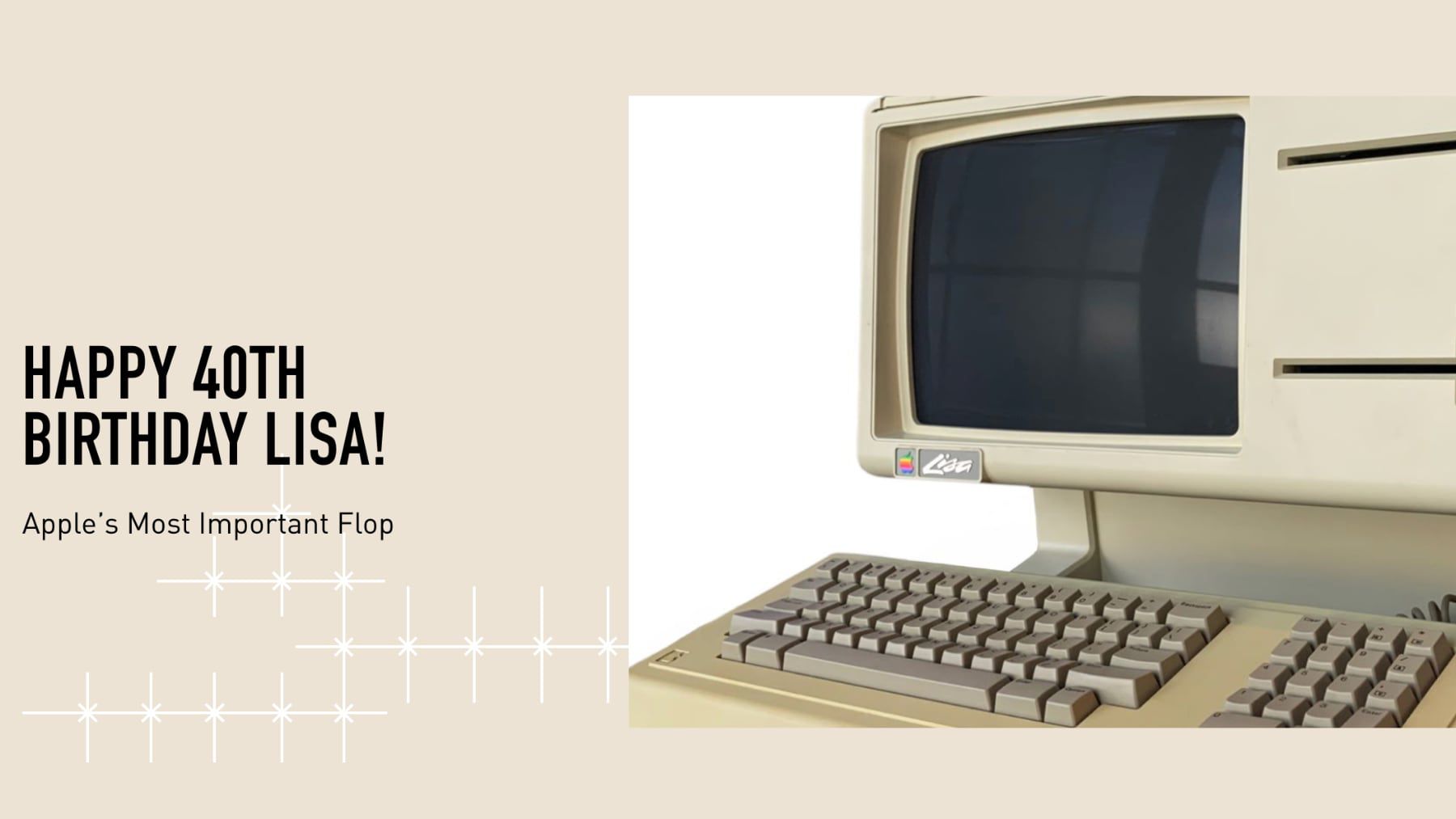I came here right when I finished downloading the code. Went to see if a thread existed, fully expecting I would be creating it, but Cmaier as always is fast to create threads for all the fun things

I've had my first peak through a few things, but want to investigate a lot more. Took me a while to realise that a lot of this was Pascal. Not really a language I've touched before (though my brother has), so I sat there like "It's not COBOL.... It's not ALGOL... Fortran it is definitely not... Those comments are ML style, but it ain't ML", haha. Took quite a while to realise.
Also pretty much all files end in .unix.txt; I'm guessing this was appended during a conversion to Unix-style line endings or something? Any other ideas?
It would also be nice if someone can decipher the abbreviations. There might be explainers in some of these files - There's good descriptions in many of them of how things work it seems.

